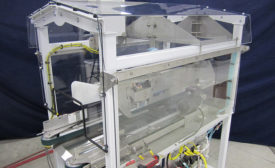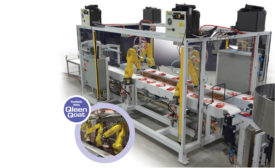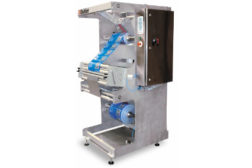Home » warehouse automation
Articles Tagged with ''warehouse automation''
Dairy processors are embracing increasingly sophisticated machinery, software and systems in the move to optimize warehouse operations.
Read More
Mechanization picks ups steam in dairy processing warehouses
Dairy processors are slicing labor and other operational expenses by leveraging advanced technologies that support supply chains, logistics and other warehouse functions.
March 24, 2021
Say yes to the WES
Warehouse execution systems (WES) are the missing link in the dairy cooler
A WES is a software system that combines the functionality of a WMS and a warehouse control system (WCS) into a single, integrated solution.
August 26, 2016
equipment
Quest Industrial’s compact automated case or box folding machine
February 2, 2016
equipment
Quest Industrial’s modular robotic cell is ideal for small items
February 1, 2016
Writing standards for robotic equipment
Robotic automation equipment is common in the auto industry, but the wet conditions in dairy plants have created a need for equipment standards to comply with strict food safety and hygiene rules. Here is what we have done so far.
August 12, 2014
Stay ahead of the curve. Unlock a dose of cutting-edge insights.
Receive our premium content directly to your inbox.
SIGN-UP TODAYCopyright ©2025. All Rights Reserved BNP Media.
Design, CMS, Hosting & Web Development :: ePublishing











